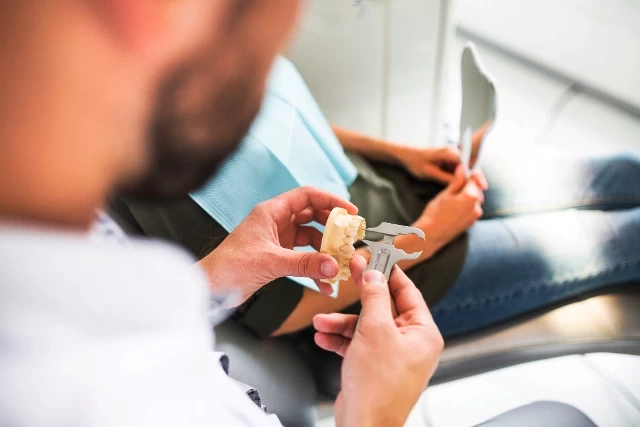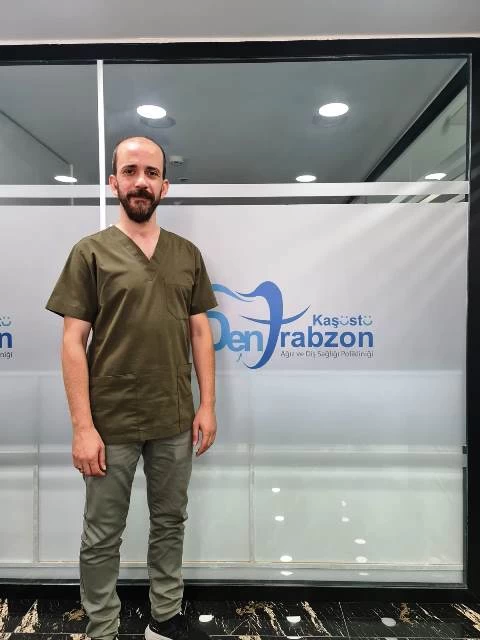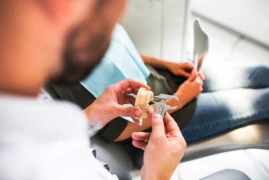
Prosthodontic Applications in Dentistry
- Prosthodontic Applications in Dentistry
- Basic Purpose of Prosthodontic Applications
- Types of Prosthodontic Applications
- Prosthodontic Application Process
- Prosthesis Maintenance and Cleaning
- In conclusion...
Dentistry is a branch of medicine that deals with the preservation, treatment, and restoration of oral and dental health. Prosthodontic applications in dentistry are essential treatment methods used for the restoration of missing teeth and the restoration of oral functions. In this article, detailed information will be provided about the types, benefits, and application process of prosthodontic applications in dentistry.
Basic Purpose of Prosthodontic Applications
Prosthodontic applications are treatment methods used for the replacement of missing teeth and the improvement of oral functions. Prostheses provide a natural appearance similar to natural teeth, allowing for proper chewing, speaking, and smiling. They also prevent jawbone loss caused by missing teeth and contribute to the preservation of facial features.
Types of Prosthodontic Applications
- Fixed Prostheses: Fixed prostheses are permanent prostheses placed on the teeth and cemented in place. This category includes crowns, bridges, and laminates. Crowns are used to cover damaged or extensively decayed teeth. Bridges are prostheses used to replace missing teeth and are supported by adjacent healthy teeth. Laminates are thin prostheses placed on the front surface of teeth for aesthetic purposes.
- Removable Prostheses: Removable prostheses are designed to be taken out and put back into the mouth by the patient. This category includes complete dentures and partial dentures. Complete dentures are used when all teeth are missing and are placed on both the upper and lower jaws. Partial dentures are used to replace a few missing teeth and are supported by the remaining natural teeth.

Prosthodontic Application Process
The prosthodontic application process may vary depending on the patient's condition and needs, but generally includes the following steps:
- Examination and Planning: The first step involves the dentist examining the patient and creating a treatment plan based on their needs. During this stage, the patient's oral structure, jaw relationships, the number, and location of missing teeth are evaluated.
- Preparation: Necessary procedures are performed to prepare the teeth that will receive the prostheses. These procedures may include shaping the teeth, removing decay, or trimming the teeth if crowns or bridges are to be applied. Additionally, the dentist takes an impression of the patient's mouth and sends it to the laboratory for the fabrication of the prostheses.
- Temporary Prostheses: While the prostheses are being fabricated, temporary prostheses are placed in the patient's mouth. Temporary prostheses help maintain the patient's dental and jaw structure during the treatment period and provide an aesthetic appearance.
- Prosthesis Fabrication and Adjustments: The patient's oral impressions are sent to the laboratory to fabricate the prostheses. Once completed, the prostheses are sent back to the dentist and adjusted to fit the patient's oral structure correctly.
- Prosthesis Placement: When the prostheses are ready, the dentist places them in the patient's mouth. During this step, the dentist ensures that the prostheses fit properly and that oral functions are functioning correctly.
Prosthesis Maintenance and Cleaning
Regular maintenance and cleaning are essential to prolong the lifespan of prostheses and preserve oral health. Patients should remove and clean their prostheses regularly, paying attention to oral hygiene. Prostheses can be cleaned with a toothbrush or special denture brushes, and denture cleaning solutions can be used. Additionally, patients should follow the dentist's recommendations for regular check-ups.
In conclusion...
Prosthodontic applications in dentistry are essential treatment methods used for the restoration of missing teeth and the improvement of oral functions. Fixed and removable prostheses provide an aesthetic appearance while assisting with proper chewing, speaking, and smiling. Properly applied prostheses significantly enhance the quality of life for patients and contribute to oral health preservation. However, regular maintenance and cleaning of prostheses should not be overlooked. Therefore, patients undergoing prosthodontic applications should comply with their dentist's recommendations.



